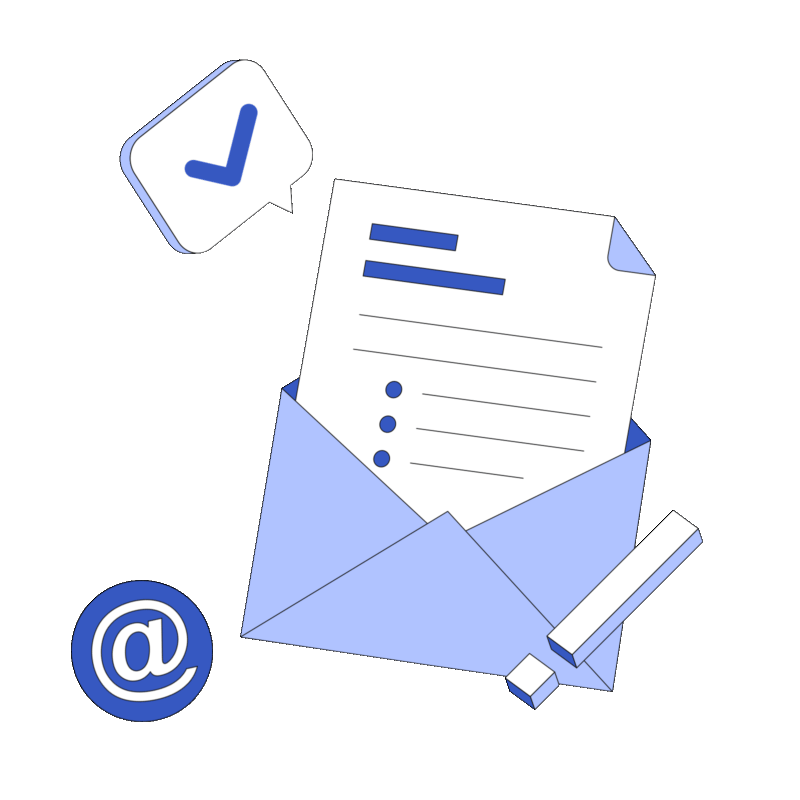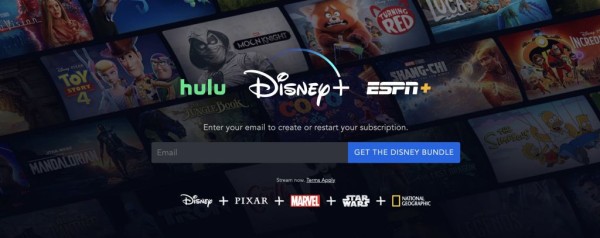In This Article
In today’s digital marketing landscape, mass emailing remains a powerful tool for reaching a broad audience quickly and effectively. However, the challenge is ensuring your emails are welcomed and engaged rather than dismissed as spam. Marketers must balance volume with value, relevance, and respect for recipients’ inboxes to achieve this. This comprehensive guide explores strategies for effective mass emailing that can help you reach a large audience without being spammy.
Understanding the Basics of Mass Emailing
Understanding the basics of mass emailing is essential for any effective digital marketing strategy. Mass emailing involves simultaneously sending a single email to a large group of recipients, typically for newsletters, promotions, or important announcements. This approach requires balancing broad reach with relevance to avoid being marked as spam.
For businesses or individuals looking to send mass email from Gmail, utilizing specialized tools or extensions is crucial. These tools help manage extensive recipient lists, personalize messages, and ensure compliance with anti-spam regulations such as CAN-SPAM or GDPR. Additionally, they enhance deliverability rates, ensuring your emails reach your audience’s inboxes rather than their spam folders.
By mastering these fundamentals, you can leverage mass emailing to engage a broad audience effectively, maintaining high engagement rates and fostering strong customer relationships. Understanding these basics will enable you to maximize the impact of your email campaigns while staying compliant with legal requirements.
Strategies for Effective Mass Emailing

These are the eight strategies that you can implement for effective mass emailing without being spammy:
1. Build and Maintain a High-Quality Email List
A high-quality email list is the cornerstone of successful mass emailing. To build and maintain such a list:
- Use Double Opt-In: Implement a double opt-in process where subscribers confirm their email addresses. This ensures that only genuinely interested individuals join your list, reducing the likelihood of spam complaints.
- Regularly Clean Your List: Periodically remove inactive subscribers, correct invalid email addresses, and update subscriber information. A clean list improves engagement metrics and ensures your emails reach active, interested recipients.
- Segment Your Audience: Even within a mass email campaign, segmentation can enhance relevance. Divide your list into segments based on demographics, behavior, or preferences to send more targeted content. This approach increases the likelihood of engagement and reduces the risk of your emails being marked as spam.
2. Craft Compelling Subject Lines
The subject line is the first impression your email makes. To create subject lines that encourage opens:
- Be Clear and Concise: Convey the email’s content clearly and keep the subject line under 50 characters to ensure it displays well on all devices.
- Create Urgency: Use time-sensitive language to encourage immediate action. Phrases like “Limited Time Offer” or “Act Now” can be effective, but avoid overusing urgency tactics as they can appear spammy.
- Personalize When Possible: Including the recipient’s name or referencing a recent interaction can increase open rates. Personalization makes your email feel more relevant and less like a generic blast.
3. Design Engaging Emails
The design of your email plays a crucial role in engagement. To create visually appealing and effective emails:
- Use Responsive Design: Ensure your emails are optimized for all devices, including smartphones and tablets. A responsive design adjusts the layout based on the screen size, providing a better user experience.
- Include High-Quality Visuals: Make your emails visually appealing by using high-quality images and graphics. However, avoid using too many images, as this can trigger spam filters.
- Maintain a Clear Layout: Organize your content in a clean, easy-to-read layout. Use headings, subheadings, and bullet points to break up text and guide the reader through the email.
- Use Clear Call-to-Actions (CTAs): Every email should have a clear and compelling CTA. Use contrasting colors for CTA buttons and position them prominently within the email.
4. Personalize Your Content
Personalization goes beyond just using the recipient’s name. To make your content more relevant:
- Use Dynamic Content: Dynamic content allows you to customize sections of your email based on subscriber data. For example, you can show different product recommendations to segments based on past purchases.
- Tailor Messages to Segments: Develop tailored messages for different segments of your list. For instance, new subscribers might receive a welcome email series, while loyal customers might get exclusive offers.
- Address Recipient Preferences: Allow subscribers to set their preferences for the type and frequency of emails they receive. Respecting these preferences reduces the likelihood of unsubscribes and spam complaints.
5. Timing and Frequency
Timing and frequency play crucial roles in the effectiveness of your mass email campaigns. To optimize these factors:
- Analyze Optimal Send Times: Use data from past campaigns to determine the best times to send emails. For many businesses, mid-week and mid-morning times work best, but this can vary based on your audience.
- Maintain a Consistent Schedule: Consistency helps build trust with your audience. Regularly sending emails at predictable intervals keeps your brand at the forefront of your mind without overwhelming recipients.
- Avoid Overloading Recipients: Sending too many emails can lead to fatigue and increased unsubscribes. Monitor engagement metrics to find the right balance and adjust your frequency.
6. Ensure Compliance and Deliverability
Compliance with legal regulations and best practices is essential for maintaining a good sender reputation and ensuring your emails reach the inbox. To achieve this:
- Adhere to Legal Requirements: Comply with regulations such as GDPR, CAN-SPAM, and other local laws. This includes obtaining explicit consent, providing a clear opt-out option, and including your physical address in emails.
- Use Reputable Email Service Providers (ESPs): Choose ESPs with strong deliverability rates and features that help you comply with legal requirements. Reputable ESPs also provide tools for managing lists and tracking performance.
- Monitor Spam Triggers: Avoid using common spam triggers such as excessive capitalization, multiple exclamation points, and spammy keywords like “free” or “guarantee.” Regularly test your emails for deliverability to ensure they aren’t in the spam folder.
- Authenticate Your Emails: Implement authentication protocols such as SPF, DKIM, and DMARC. These protocols verify your identity as the sender, improving deliverability and protecting your domain from being spoofed.
7. Measure and Optimize Performance
Measuring performance and making data-driven adjustments is essential to improve your mass email campaigns continually. Key metrics to monitor include:
- Open Rates: The percentage of recipients who open your email. High open rates indicate effective subject lines and relevance.
- Click-Through Rates (CTR): The percentage of recipients clicking links within your email. High CTRs suggest that your content and CTAs are compelling.
- Conversion Rates: The percentage of recipients who take the desired action, such as purchasing or signing up for an event. This is a critical metric for measuring the success of your campaigns.
- Bounce Rates: The percentage of emails that could not be delivered. High bounce rates can harm your sender’s reputation and reduce deliverability.
- Unsubscribe Rates: The percentage of recipients who opt out of your email list. Monitoring this metric helps you understand if you’re sending too many emails or if your content is not meeting expectations.
Optimization Tips:
These tips will help you optimize the performance of your emails:
- A/B Testing: Experiment with different subject lines, content, layouts, and CTAs to see what resonates best with your audience. Use the results to optimize future emails.
- Feedback Loop: Encourage recipients to provide feedback on your emails. Use this feedback to make improvements and address any concerns.
- Continuous Improvement: Regularly review your performance metrics and adjust your strategy based on the insights gained. This ongoing process helps you stay relevant and effective.
8. Leverage Automation
Automation can enhance the efficiency and effectiveness of your mass email campaigns. Here’s how:
- Automated Workflows: Set up automated email sequences for different stages of the customer journey, such as welcome series, follow-ups, and re-engagement campaigns. Automation ensures timely and relevant communication without manual intervention.
- Behavioral Triggers: Use behavioral triggers to send emails based on recipient actions, such as abandoned cart reminders, product recommendations, or event reminders. These timely emails can drive higher engagement and conversions.
- Personalization at Scale: Automation allows for personalized emails at scale, ensuring each recipient receives relevant content based on their data and interactions.
Concluding Thoughts
Mastering the art of effective mass emailing requires a strategic approach that balances volume with value, relevance, and respect for recipients’ preferences. By building a high-quality email list, crafting compelling subject lines, designing engaging emails, personalizing content, optimizing timing and frequency, ensuring compliance, and leveraging automation, you can reach a large audience without being spammy.
Regularly measuring and optimizing your campaigns based on performance data will help you continually improve and achieve your marketing goals. With these best practices in place, mass emailing can be a powerful tool for driving engagement, conversions, and business growth.











